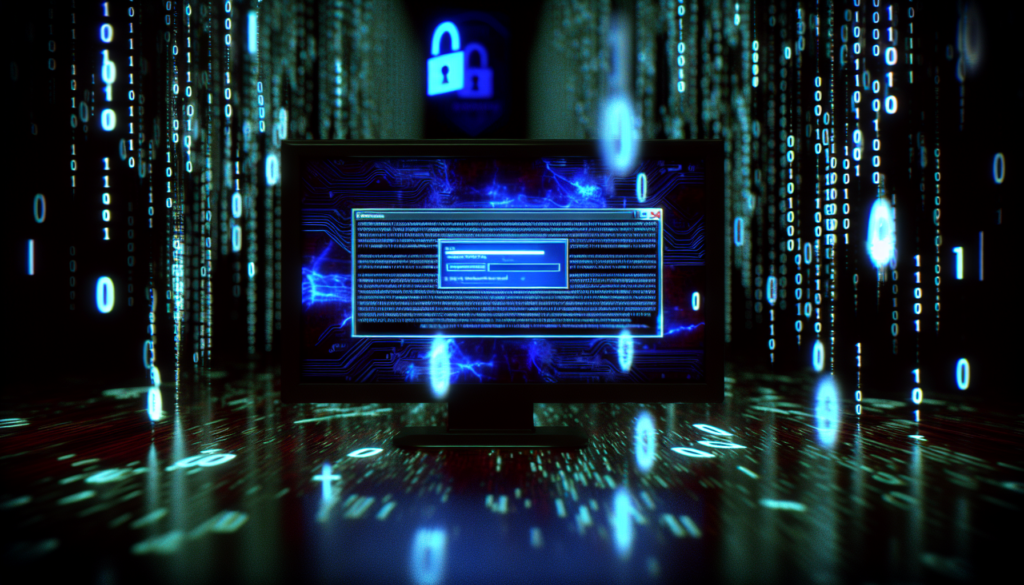Threat Overview
In today’s digital landscape, cyber threats are evolving at an unprecedented pace. The latest threat report highlights a new actor group that has been actively targeting various industries with sophisticated malware obfuscation techniques. This report provides an in-depth analysis of the tactics, techniques, and procedures (TTPs) employed by this group, along with recommendations for mitigation.
The actor group behind these attacks is known for its advanced capabilities in malware development and deployment. They have been observed using a variety of obfuscation methods to evade detection and analysis. These techniques include code encryption, polymorphic code, and the use of legitimate tools and services to carry out malicious activities. The group’s primary goal appears to be data exfiltration and disruption of critical infrastructure.
The report details several key findings:
-
Malware Obfuscation: The malware used by this actor group employs multiple layers of obfuscation, making it difficult for traditional antivirus solutions to detect and analyze. This includes the use of encrypted payloads and polymorphic code that changes its structure with each execution.
-
Use of Legitimate Tools: The attackers have been observed using legitimate administrative tools and services to carry out their malicious activities. This tactic, known as


